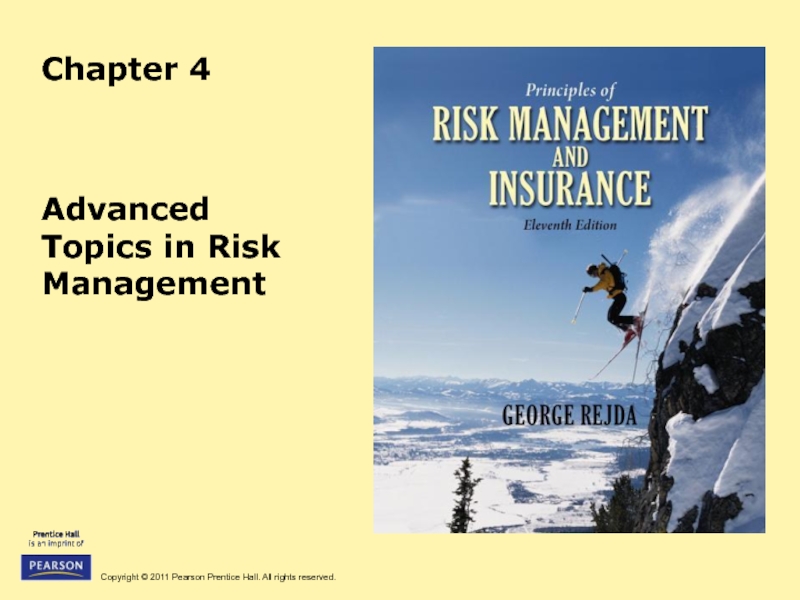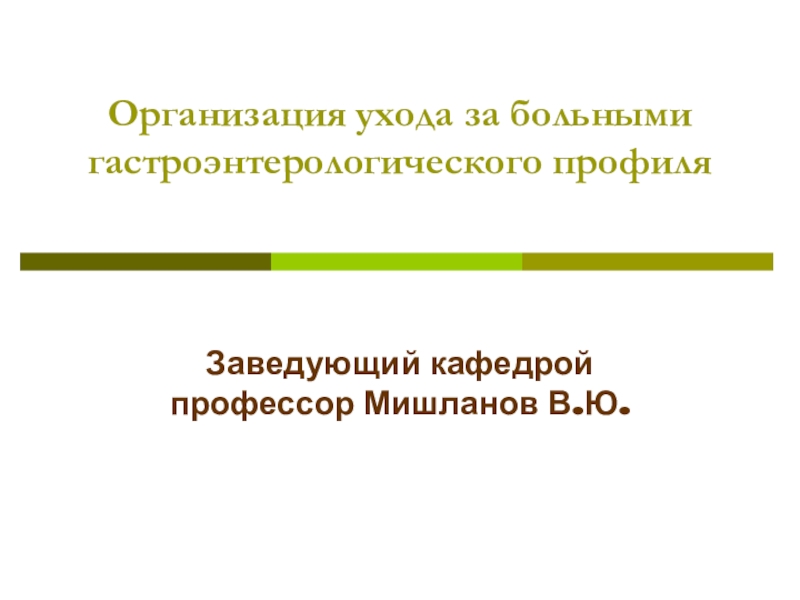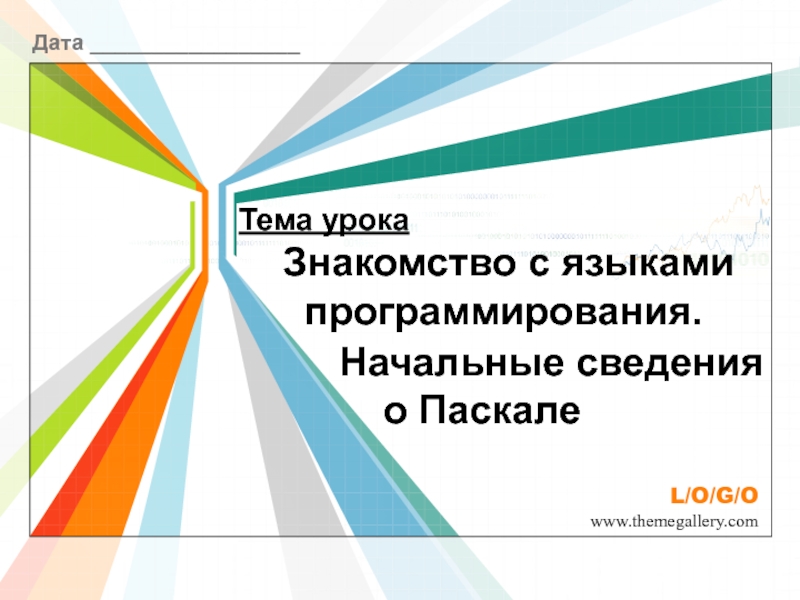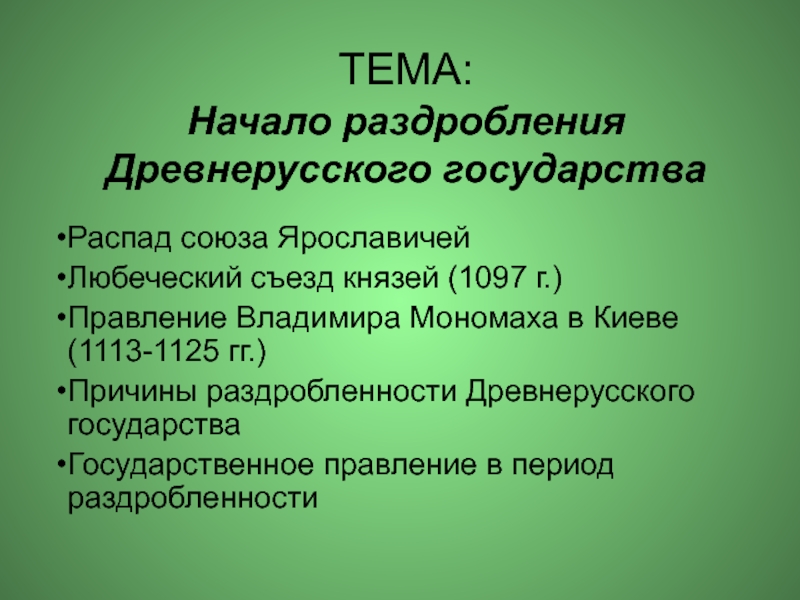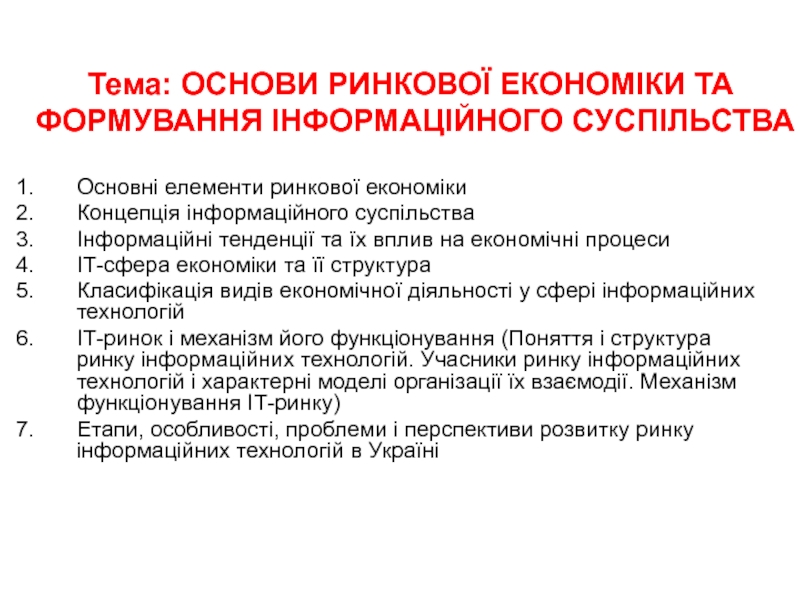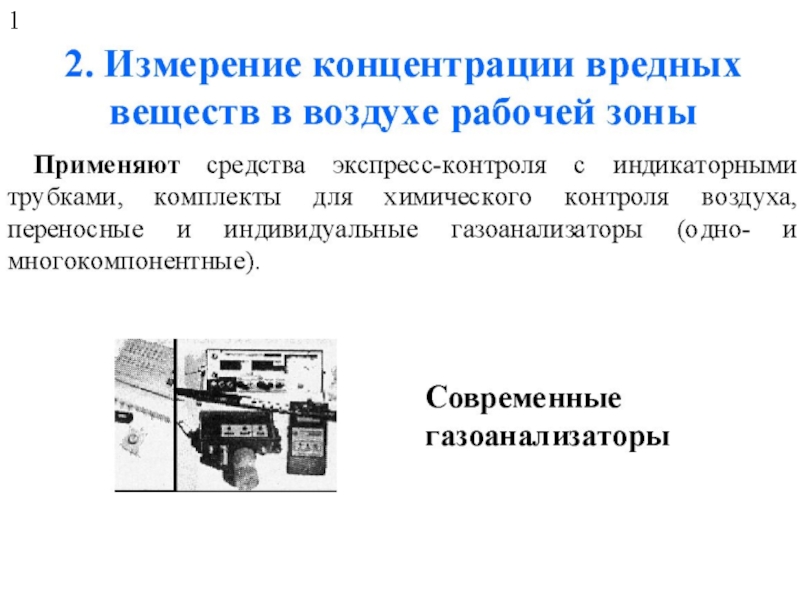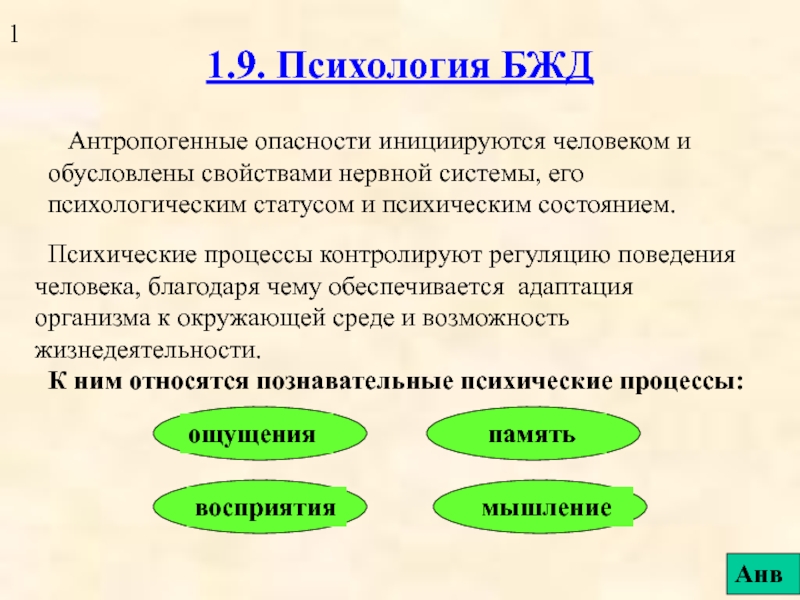Разделы презентаций
- Разное
- Английский язык
- Астрономия
- Алгебра
- Биология
- География
- Геометрия
- Детские презентации
- Информатика
- История
- Литература
- Математика
- Медицина
- Менеджмент
- Музыка
- МХК
- Немецкий язык
- ОБЖ
- Обществознание
- Окружающий мир
- Педагогика
- Русский язык
- Технология
- Физика
- Философия
- Химия
- Шаблоны, картинки для презентаций
- Экология
- Экономика
- Юриспруденция
Chapter 4
Содержание
- 1. Chapter 4
- 2. AgendaThe Changing Scope of Risk ManagementEnterprise Risk
- 3. The Changing Scope of Risk ManagementToday, the
- 4. The Changing Scope of Risk Management Financial
- 5. Exhibit 4.1 Managing Financial Risk—Two Examples
- 6. Exhibit 4.1 Managing Financial Risk—Two Examples
- 7. The Changing Scope of Risk ManagementAn integrated
- 8. Enterprise Risk ManagementEnterprise Risk Management (ERM) is
- 9. The Financial Crisis and Enterprise Risk ManagementThe
- 10. Exhibit 4.2 Timeline of Events Related to the Financial Crisis
- 11. The Financial Crisis and Enterprise Risk ManagementAIG
- 12. Insurance Market Dynamics Decisions about whether to
- 13. Exhibit 4.3 Combined Ratio for All Lines of Property and Liability Insurance, 1956–2008*
- 14. Insurance Market DynamicsMany factors affect property and
- 15. Insurance Market DynamicsThe trend toward consolidation in
- 16. Capital Market Risk Financing AlternativesInsurers are making
- 17. Exhibit 4.4 Catastrophe Bonds: Annual Number of Transactions and Issue Size
- 18. Loss ForecastingThe risk manager can predict losses
- 19. Loss ForecastingProbability analysis: the risk manager can
- 20. Loss ForecastingRegression analysis characterizes the relationship between
- 21. Exhibit 4.5 Relationship Between Payroll and Number of Workers Compensation Claims
- 22. Loss ForecastingA loss distribution is a probability
- 23. Financial Analysis in Risk Management Decision MakingThe
- 24. Other Risk Management ToolsA risk management information
- 25. Other Risk Management ToolsValue at risk (VAR)
- 26. Скачать презентанцию
AgendaThe Changing Scope of Risk ManagementEnterprise Risk ManagementInsurance Market DynamicsLoss ForecastingFinancial Analysis in Risk Management Decision MakingOther Risk Management Tools
Слайды и текст этой презентации
Слайд 2Agenda
The Changing Scope of Risk Management
Enterprise Risk Management
Insurance Market Dynamics
Loss
Forecasting
Слайд 3The Changing Scope of Risk Management
Today, the risk manager’s job:
Involves
more than simply purchasing insurance
Is not limited in scope to
pure risksThe risk manager may be using:
Financial risk management
Enterprise risk management
Слайд 4The Changing Scope of Risk Management
Financial Risk Management refers
to the identification, analysis, and treatment of speculative financial risks:
Commodity
price risk is the risk of losing money if the price of a commodity changes Interest rate risk is the risk of loss caused by adverse interest rate movements
Currency exchange rate risk is the risk of loss of value caused by changes in the rate at which one nation's currency may be converted to another nation’s currency
Financial risks can be managed with capital market instruments
Слайд 7The Changing Scope of Risk Management
An integrated risk management program
is a risk treatment technique that combines coverage for pure
and speculative risks in the same contractA double-trigger option is a provision that provides for payment only if two specified losses occur
Some organizations have created a Chief Risk Officer (CRO) position
The chief risk officer is responsible for the treatment of pure and speculative risks faced by the organization
Слайд 8Enterprise Risk Management
Enterprise Risk Management (ERM) is a comprehensive risk
management program that addresses the organization’s pure, speculative, strategic, and
operational risksStrategic risk refers to uncertainty regarding an organization’s goals and objectives
Operational risks are risks that develop out of business operations, such as product manufacturing
As long as risks are not positively correlated, the combination of these risks in a single program reduces overall risk
Nearly half of all US firms have adopted some type of ERM program
Barriers to the implementation of ERM include organizational, culture and turf battles
Слайд 9The Financial Crisis and Enterprise Risk Management
The US stock market
dropped by more than fifty percent between October 2007 and
March 2009The meltdown raises questions about the use of ERM
Only 18 percent of executives surveyed said they had a well-formulated and fully-implemented ERM program
Слайд 11The Financial Crisis and Enterprise Risk Management
AIG mentions an active
ERM program in its 2007 10-K Report
Riskiness of the Financial
Products Division was not fully appreciatedThe division was issuing credit default swaps
A credit default swap is an agreement in which the risk of default of a financial instrument is transferred from the owner of the financial instrument to the issuer of the swap
The default rate on mortgages soared and the company did not have the capital to cover guarantees
The lessons learned by risk managers from the financial crisis will influence ERM in the future
Слайд 12Insurance Market Dynamics
Decisions about whether to retain or transfer
risks are influenced by conditions in the insurance marketplace
The Underwriting
Cycle refers to the cyclical pattern of underwriting stringency, premium levels, and profitability“Hard” market: tight standards, high premiums, unfavorable insurance terms, more retention
“Soft” market: loose standards, low premiums, favorable insurance terms, less retention
One indicator of the status of the cycle is the combined ratio:
Слайд 14Insurance Market Dynamics
Many factors affect property and liability insurance pricing
and underwriting decisions:
Insurance industry capacity refers to the relative level
of surplusSurplus is the difference between an insurer’s assets and its liabilities
Capacity can be affected by a clash loss, which occurs when several lines of insurance simultaneously experience large losses
Investment returns may be used to offset underwriting losses, allowing insurers to set lower premium rates
Слайд 15Insurance Market Dynamics
The trend toward consolidation in the financial services
industry is continuing
Consolidation refers to the combining of businesses through
acquisitions or mergersDue to mergers, the market is populated by fewer, but larger independent insurance organizations
There are also fewer large national insurance brokerages
An insurance broker is an intermediary who represents insurance purchasers
Cross-Industry Consolidation: the boundaries between insurance companies and other financial institutions have been struck down
Financial Services Modernization Act of 1999
Some financial services companies are diversifying their operations by expanding into new sectors
Слайд 16Capital Market Risk Financing Alternatives
Insurers are making increasing use of
capital markets to assist in financing risk
Securitization of risk means
that insurable risk is transferred to the capital markets through creation of a financial instrument:A catastrophe bond permits the issue to skip or defer scheduled payments if a catastrophic loss occurs
An insurance option is an option that derives value from specific insurance losses or from an index of values.
A weather option provides a payment if a specified weather contingency (e.g., high temperature) occurs
The impact of risk securitization is an increase in capacity for insurers and reinsurers
It provides access to the capital of many investors
Слайд 18Loss Forecasting
The risk manager can predict losses using several different
techniques:
Probability analysis
Regression analysis
Forecasting based on loss distribution
Of course, there is
no guarantee that losses will follow past loss trendsСлайд 19Loss Forecasting
Probability analysis: the risk manager can assign probabilities to
individual and joint events
The probability of an event is
equal to the number of events likely to occur (X) divided by the number of exposure units (N)May be calculated with past loss data
Two events are considered independent events if the occurrence of one event does not affect the occurrence of the other event
Two events are considered dependent events if the occurrence of one event affects the occurrence of the other
Events are mutually exclusive if the occurrence of one event precludes the occurrence of the second event
Слайд 20Loss Forecasting
Regression analysis characterizes the relationship between two or more
variables and then uses this characterization to predict values of
a variableFor example, the number of physical damage claims for a fleet of vehicles is a function of the size of the fleet and the number of miles driven each year
Слайд 22Loss Forecasting
A loss distribution is a probability distribution of losses
that could occur
Useful for forecasting if the history of
losses tends to follow a specified distribution, and the sample size is largeThe risk manager needs to know the parameters of the loss distribution, such as the mean and standard deviation
The normal distribution is widely used for loss forecasting
Слайд 23Financial Analysis in Risk Management Decision Making
The time value of
money must be considered when decisions involve cash flows over
timeConsiders the interest-earning capacity of money
A present value is converted to a future value through compounding
A future value is converted to a present value through discounting
Risk managers use the time value of money when:
Analyzing insurance bids
Making loss control investment decisions
The net present value is the sum of the present values of the future cash flows minus the cost of the project
The internal rate of return on a project is the average annual rate of return provided by investing in the project
Слайд 24Other Risk Management Tools
A risk management information system (RMIS) is
a computerized database that permits the risk manager to store
and analyze risk management dataThe database may include listing of properties, insurance policies, loss records, and status of legal claims
Data can be used to predict and attempt to control future loss levels
Risk Management Intranets and Web Sites
An intranet is a web site with search capabilities designed for a limited, internal audience
A risk map is a grid detailing the potential frequency and severity of risks faced by the organization
Each risk must be analyzed before placing it on the map
Слайд 25Other Risk Management Tools
Value at risk (VAR) analysis involves calculating
the worst probable loss likely to occur in a given
time period under regular market conditions at some level of confidenceThe VAR is determined using historical data or running a computer simulation
Often applied to a portfolio of assets
Can be used to evaluate the solvency of insurers
Catastrophe modeling is a computer-assisted method of estimating losses that could occur as a result of a catastrophic event
Model inputs include seismic data, historical losses, and values exposed to losses (e.g., building characteristics)
Models are used by insurers, brokers, and large companies with exposure to catastrophic loss
